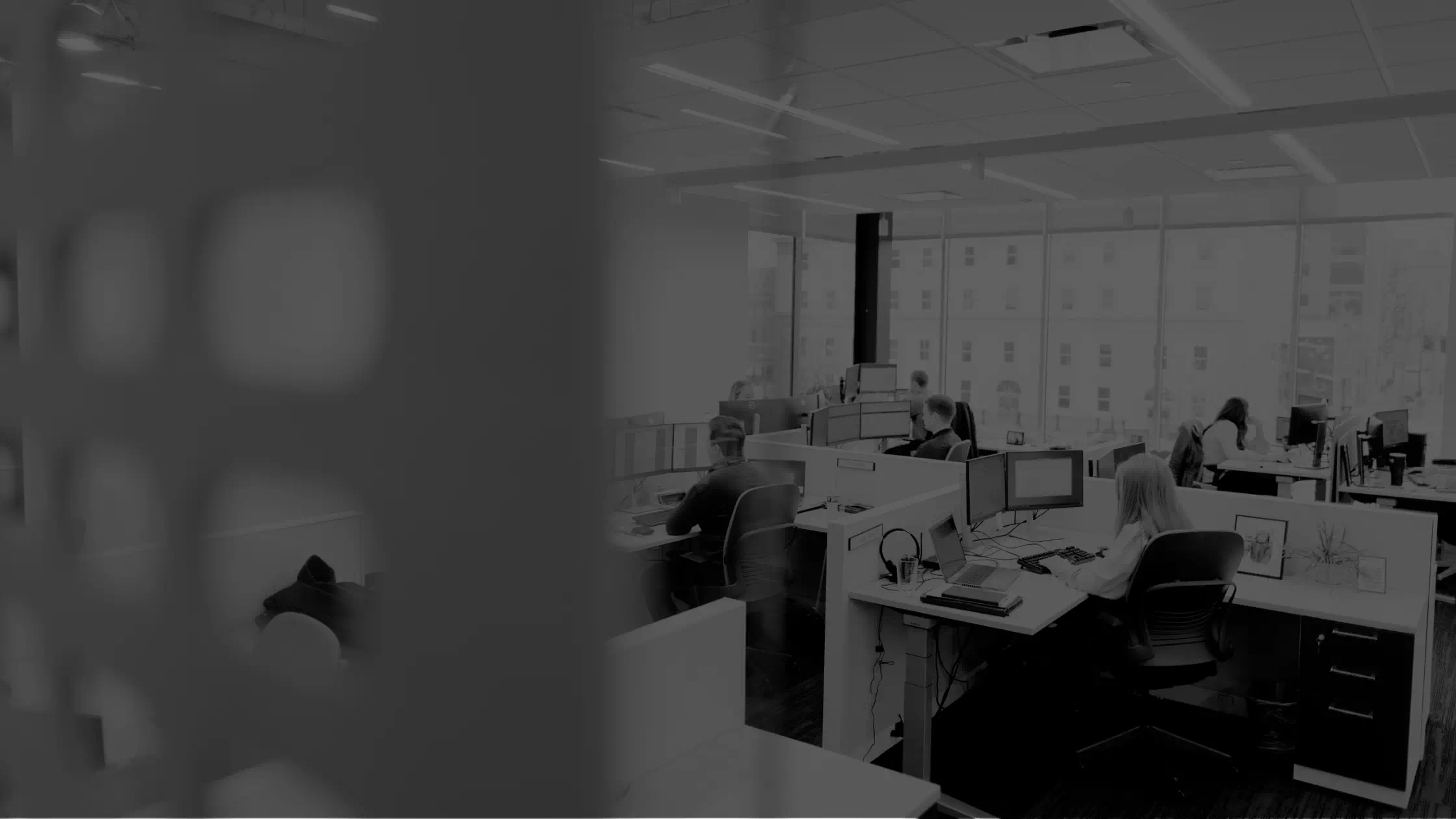12 Ways to Save Money in Your Critical Access Hospital
-Dec-07-2023-02-26-24-8551-PM.jpg)
Every critical access hospital (CAH), regardless of its size or stage of development, can benefit from reducing daily expenses to focus more resources elsewhere. Finding ways to cut costs without compromising the quality of care is crucial for the success and sustainability of your hospital. Here are 12 practical strategies to help you save money and invest more in what truly matters:
1. Embrace Automation and Online Solutions
One of the most effective ways to save money is by leveraging automation and online solutions. Automating repetitive administrative tasks can free up your staff’s time and reduce the need for manual labor. For example, online appointment scheduling systems can streamline the booking process, minimize phone calls, and improve overall efficiency. Automated payment reminders and billing systems can help reduce delinquencies and improve cash flow.
2. Optimize Supply Chain Management
Managing your supply chain effectively can also lead to significant cost savings. Consider negotiating contracts with vendors to secure better pricing and terms. In addition, buying supplies in bulk can result in substantial savings. Furthermore, regularly reviewing your inventory and implementing just-in-time ordering practices can prevent overstocking and reduce waste. By optimizing your supply chain, you can minimize costs while ensuring that you always have the necessary resources on hand.
3. Explore Shared Services and Collaborations
Collaborating with other CAHs or healthcare providers can provide cost-sharing and resource optimization opportunities. For instance, you can explore the possibility of sharing equipment or hospital staff with compatible facilities. This can reduce overhead costs and increase operational efficiency. Additionally, consider forming purchasing alliances or consortiums to leverage collective purchasing power and negotiate better supplier deals.
4. Invest in Staff Training and Development
Investing in your staff’s training and development enhances their skills and improves overall efficiency. Well-trained staff members are better equipped to perform their tasks accurately and efficiently, reducing errors and improving productivity. Additionally, providing ongoing education and professional development opportunities can boost employee morale and job satisfaction, lowering turnover rates and decreasing recruitment costs.
5. Implement Energy-Saving Measures
Reducing energy consumption can result in substantial cost savings for your hospital. Consider installing energy-efficient lighting, using programmable thermostats, and properly insulating your premises. Encourage staff members to turn off lights and equipment when not in use and promote energy-conscious behaviors throughout the hospital. These small changes can add up to significant savings over time.
6. Maximize the Use of Technology
Leveraging technology can help streamline processes, improve communication, and reduce costs. Regularly updating technology can keep your practice running efficiently and prevent lost time due to IT troubles. Implement electronic health records (EHR) systems to eliminate paper-based documentation and improve data accuracy. Utilize telemedicine solutions to provide remote consultations and reduce the need for in-person visits. Additionally, explore using practice management software to automate appointment scheduling, billing, and inventory management tasks.
7. Implement Cost-Conscious Marketing Strategies
Marketing is key for attracting new patients and promoting your services. However, it's crucial to implement cost-conscious marketing strategies to maximize your return on investment. Focus on online advertising campaigns, social media marketing, and search engine optimization (SEO) to reach your target audience effectively. Utilize email newsletters and educational content to build strong relationships with your clients and encourage referrals.
8. Optimize Insurance and Billing Practices
Review your insurance and billing practices to identify areas where you can optimize revenue and reduce costs. Ensure your billing and coding processes are accurate and compliant with industry standards to minimize claim denials and delays. Consider outsourcing billing services to specialized companies that can handle the complexities of medical billing efficiently. Regularly review contracts with insurance providers to negotiate better reimbursement rates and terms.
9. Implement Paperless Workflows
Transitioning to a paperless workflow can significantly reduce costs associated with printing, storage, and document management. Digitize patient records, forms, and administrative documents to eliminate the need for paper-based files. Implement secure cloud storage solutions to ensure easy access to electronic documents while maintaining privacy and security. Adopting paperless workflows not only saves money but also improves efficiency and reduces the risk of errors.
10. Embrace Preventive Maintenance
Regular medical equipment and facility maintenance can prevent costly breakdowns and extend their lifespan. Implement a preventive maintenance program that includes routine inspections, cleaning, and equipment calibration. This proactive approach can help identify potential issues early on and address them before they become major problems. You can save money and ensure uninterrupted patient care by avoiding unexpected repairs or replacements.
11. Continuously Monitor and Evaluate Expenses
Regularly monitoring and evaluating your practice's expenses is essential for identifying areas where cost savings can be achieved. Review financial statements and analyze expenses routinely to identify outliers and areas of potential improvement. Consider benchmarking your expenses against industry standards to gain insights into areas where you may be overspending.
12. Foster a Culture of Cost Awareness
Creating a culture of cost awareness among your staff can contribute to cost savings throughout your hospital. Encourage employees to suggest cost-saving ideas and recognize and reward those who contribute to cost-reduction efforts. Promote open communication about cost-saving initiatives and involve staff members in the decision-making process. By fostering a culture of cost awareness, you can tap into the collective knowledge and creativity of your team to identify innovative ways to save money.
How Lutz’s Healthcare Services Can Help
Implementing these 12 strategies can help your critical access hospital save money without compromising the quality of care. By continuously seeking opportunities to reduce costs and improve operational efficiencies, you can allocate more resources toward growth. Small changes can add up to significant savings over time, ensuring the long-term success of your hospital. If you have any questions or want more information about Lutz’s accounting services for the healthcare industry, please contact us.

- Relator, Achiever, Restorative, Focus, Belief
Paul Baumert
Paul Baumert, Healthcare Consulting Shareholder, began his career in 1998. With over two decades of experience, he has established himself as a pivotal leader in healthcare accounting and consulting. Since 2011, Paul has led Lutz’s rural hospital practice, showcasing his commitment to serving healthcare organizations.
Specializing in Medicare and Medicaid reimbursement, cost reporting, and financial analysis, Paul leverages his extensive experience to provide solutions that generate positive financial results for hospitals. His day-to-day responsibilities encompass financial management support services and reimbursement analysis. Paul finds fulfillment in helping rural healthcare facilities maintain their critical role in their communities.
At Lutz, Paul embodies the firm's commitment to serving beyond expectations through his dedication to rural healthcare sustainability. His ability to restore financial health while maintaining meticulous attention to detail has solidified Lutz's position as a trusted advisor to healthcare organizations across the region. As department head, he has cultivated a team that shares his passion for preserving and enhancing rural healthcare access.
Paul lives in Elkhorn, NE, with his wife Shelly, their four children, dog Max, and cats Luna and Oliver. Outside the office, he reads, plays golf, and attends his children’s activities.
Recent News & Insights
Tired of Complex Books? 8 Ways to Simplify Your Accounting
HR Solutions That Elevate the Employee Experience
Cost Report Update
Multistate Tax Trends to Watch in the Midwest



.jpg?width=300&height=175&name=Mega%20Menu%20Image%20(1).jpg)
%20(1).jpg?width=300&height=175&name=Mega%20Menu%20Image%20(2)%20(1).jpg)
%20(1)-Mar-08-2024-09-27-14-7268-PM.jpg?width=300&height=175&name=Untitled%20design%20(6)%20(1)-Mar-08-2024-09-27-14-7268-PM.jpg)

%20(1)-Mar-08-2024-09-11-30-0067-PM.jpg?width=300&height=175&name=Untitled%20design%20(3)%20(1)-Mar-08-2024-09-11-30-0067-PM.jpg)
%20(1).jpg?width=300&height=175&name=Mega%20Menu%20Image%20(3)%20(1).jpg)
%20(1).jpg?width=300&height=175&name=Mega%20Menu%20Image%20(4)%20(1).jpg)
%20(1).jpg?width=300&height=175&name=Mega%20Menu%20Image%20(5)%20(1).jpg)
-Mar-08-2024-08-50-35-9527-PM.png?width=300&height=175&name=Untitled%20design%20(1)-Mar-08-2024-08-50-35-9527-PM.png)


.jpg)




